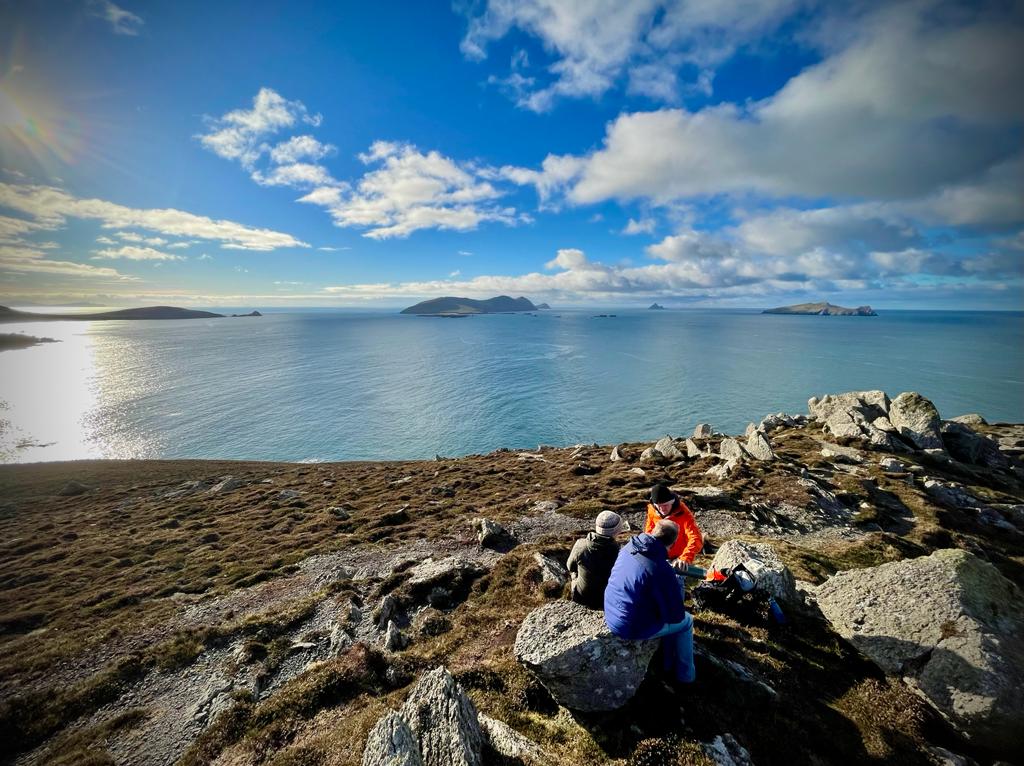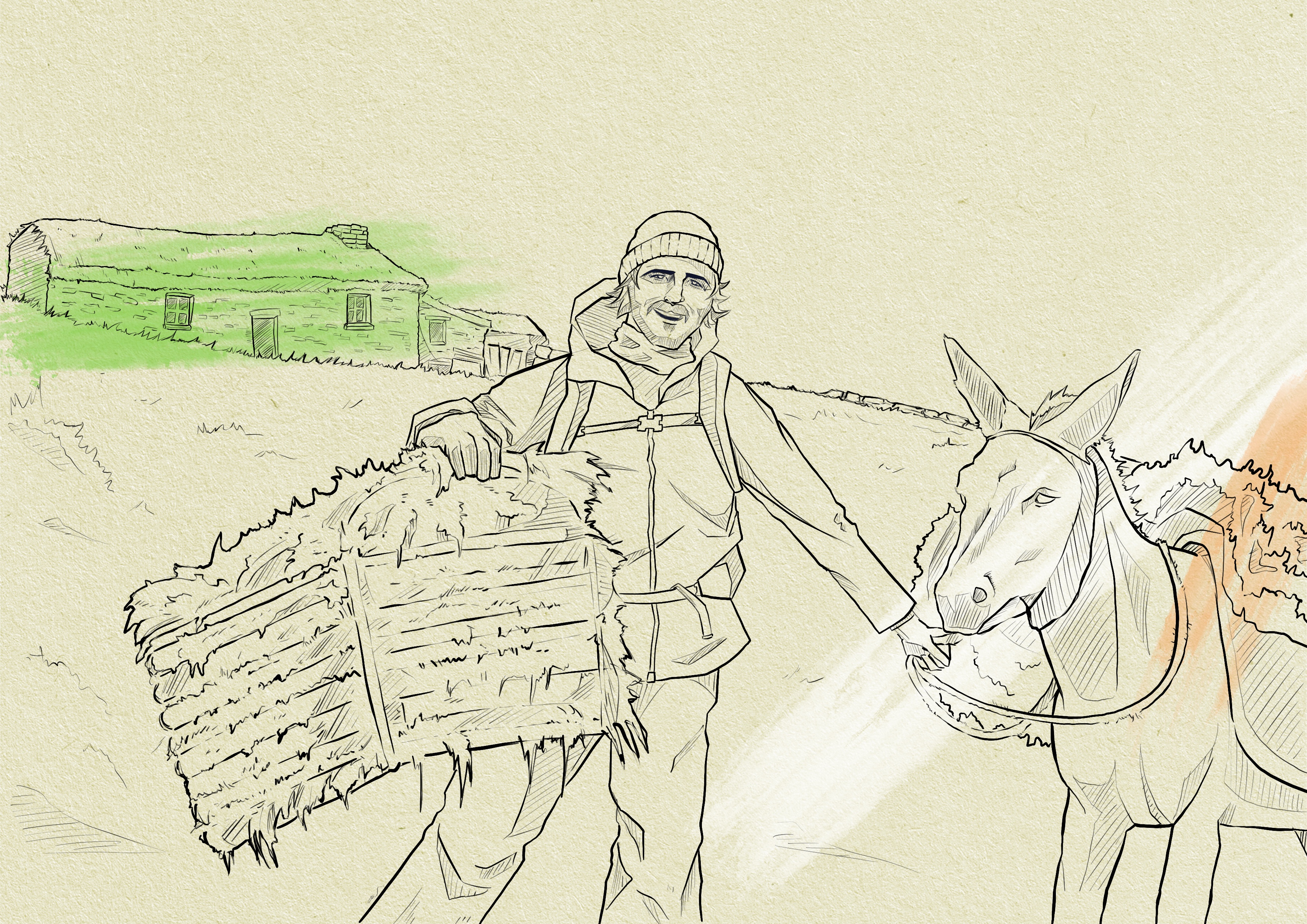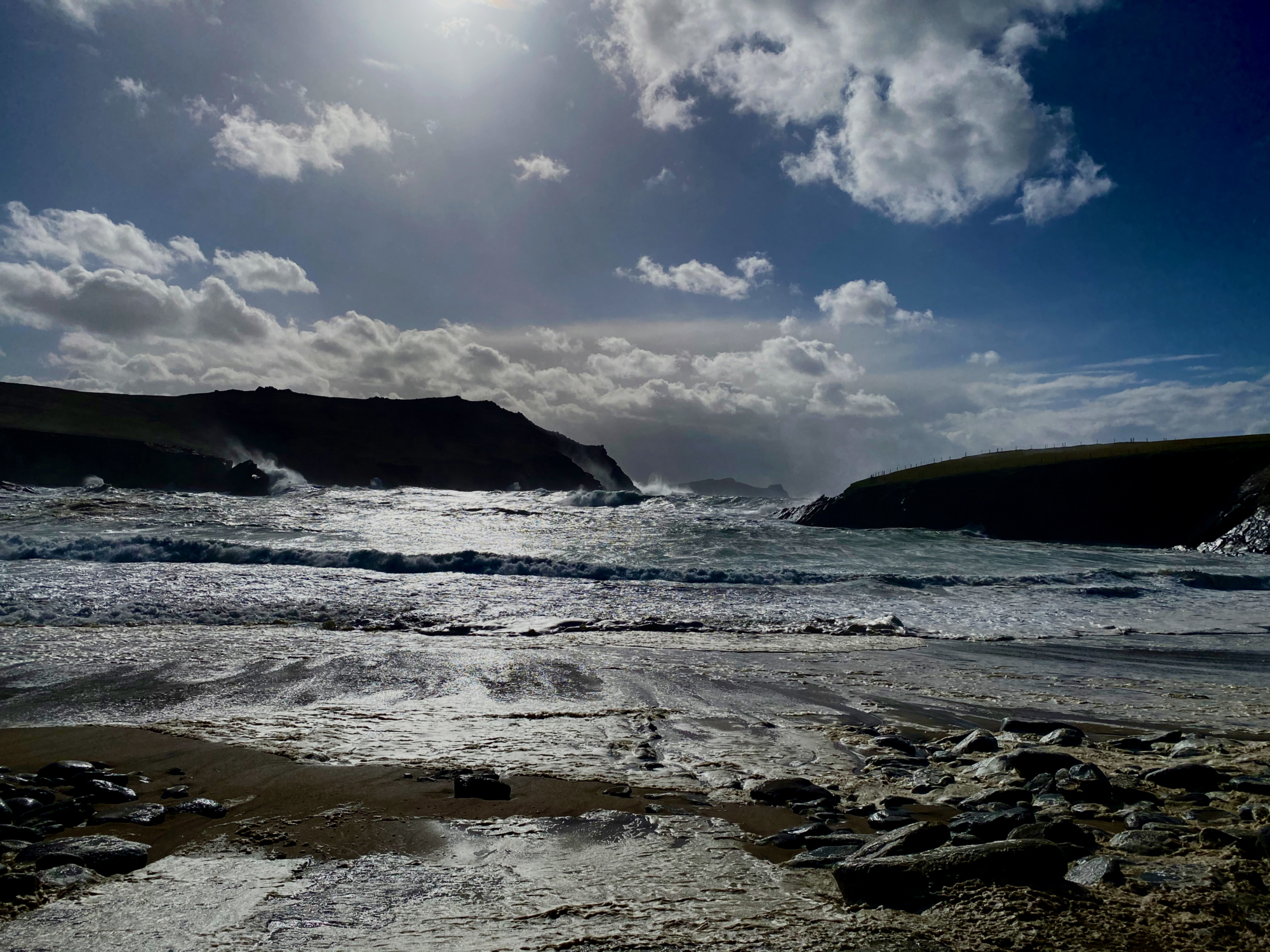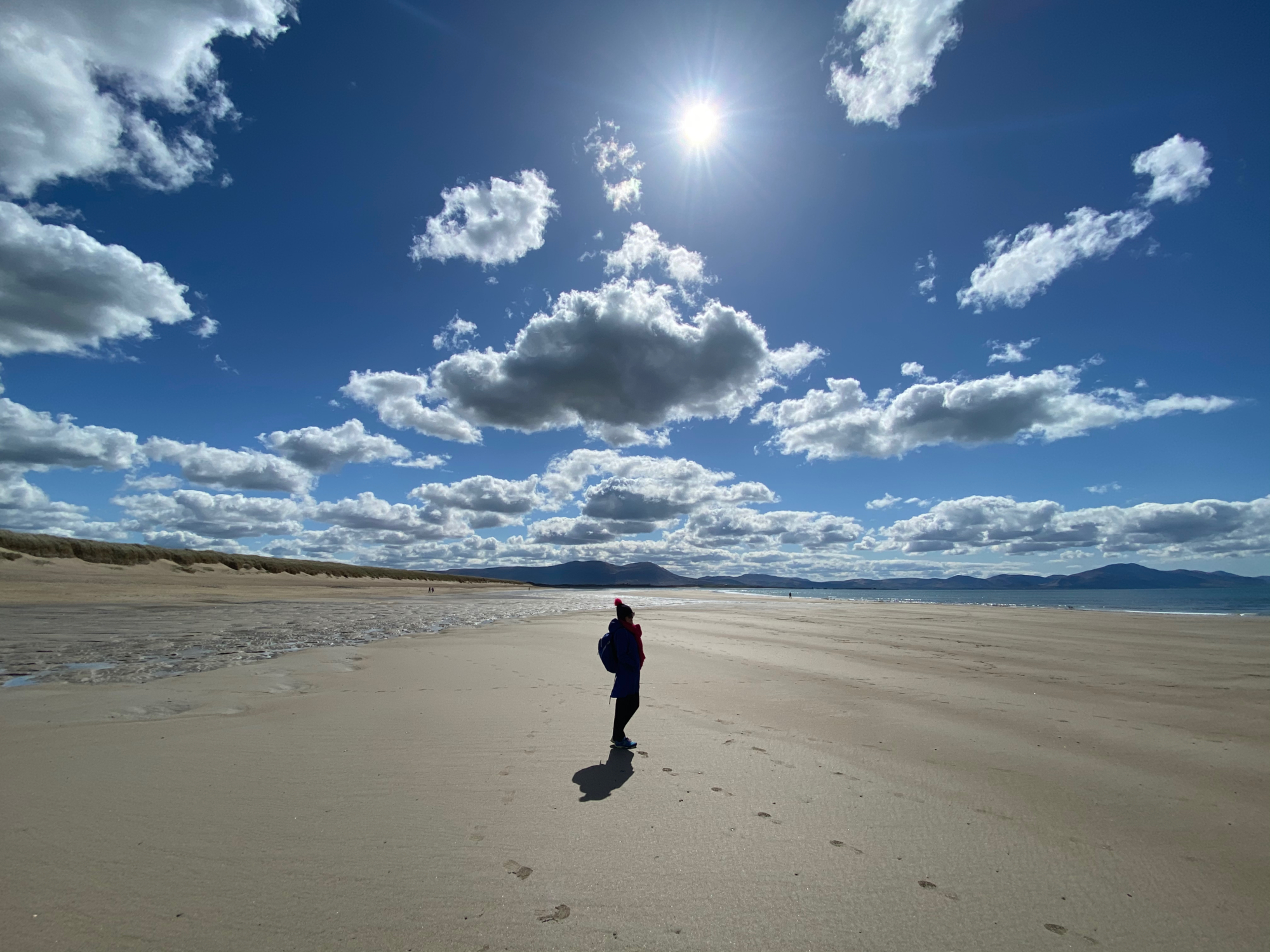While Ryan’s Daughter and Star Wars: The Last Jedi often take centre stage when discussing Dingle’s cinematic charm, the peninsula has quietly built a rich and diverse filmography beyond its biggest hits. This article explores some of the lesser-known movies filmed in Dingle, celebrating the versatility of its landscapes and the long-standing relationship between the region and the world of film.
From sweeping beaches to windswept cliffs and quaint coastal villages, Dingle’s unique geography has served as a backdrop for everything from historical dramas to animated wonders.

Far and Away (1992)
Directed by Ron Howard and starring Tom Cruise and Nicole Kidman, Far and Away features scenes shot in and around Dingle’s rugged coastline. As was Ryan’s Daughter, the film was shot on 70mm and is a sweeping romantic epic about Irish emigration and the American dream. It makes powerful use of Ireland’s western seascapes—adding authenticity and grandeur to its story. Ron Howard chooses exact locations to Ryan’s Daughter and right from the opening credits is giving a big nod to David Lean. It remains a key highlight in the list of international films shot in Dingle.

Song of the Sea (2015)
Director Tomm Moore conceived the story of Song of The Sea while on Ventry Beach with his son, and the distinctive sound design includes underwater recordings made in Dingle Bay. This Oscar-nominated film from Cartoon Saloon draws deeply from the Irish landscape, mythology, and seascapes—showing that Dingle’s influence transcends live-action cinema. I feel it is one of the most important Irish films ever made as it captures so much of our culture, Mythology and history.

West of Kerry (1938)
This early film is a valuable piece of Dingle’s movie history. West of Kerry captures life on the Blasket Islands and in Dún Chaoin during the 1930s, offering a rare visual record of traditional life in the region. It stands as one of the first films to capture the Irish scenic backdrops that would later attract Hollywood filmmakers.
The Playboy of the Western World (1962)
Filmed entirely on Inch Beach, this adaptation of J.M. Synge’s classic play exemplifies how Dingle’s cinematic landscapes can embody timeless Irish tales. The beach’s wild expanse becomes a stage in itself, reinforcing the drama’s folkloric tone and bringing the play’s rural setting to vivid life. J.M Synge was one of the first visitors to The Blasket Islands, arriving there in 1905. His experiences there and the people he met influenced greatly his writing of The Playboy of The western World.

A TV Tale for Another Time…
In more recent years, Dingle has also welcomed several high-profile television productions. From a hilarious Irish-themed episode of It’s Always Sunny in Philadelphia, to high-octane segments of Top Gear and scenes from The League of Gentlemen, Dingle continues to be a compelling location for directors across genres. But that’s a story we’ll save for another blog…
Why Dingle?
Dingle’s appeal to filmmakers is enduring. With its dramatic coastal cliffs, quaint villages, and ever-changing skies, it offers directors an atmospheric and versatile canvas for storytelling. Its remote beauty also allows for a kind of timelessness—perfect for both historical films and fantastical narratives. This blend of accessibility, heritage, and raw natural power makes Dingle one of the most sought-after Irish film locations.

Explore Dingle’s Hidden Film Gems
Dingle Film Walks offers guided tours that not only visit the blockbuster locations but also celebrate the hidden film spots in Dingle—those tucked-away corners where cinema history quietly lives on. Whether you’re chasing down the footsteps of Tom Cruise or tracing the inspiration behind an animated selkie tale, Dingle’s on-screen treasures are waiting to be discovered.
Join Maurice and uncover the interactive Dingle filmography that continues to grow, scene by scene.

